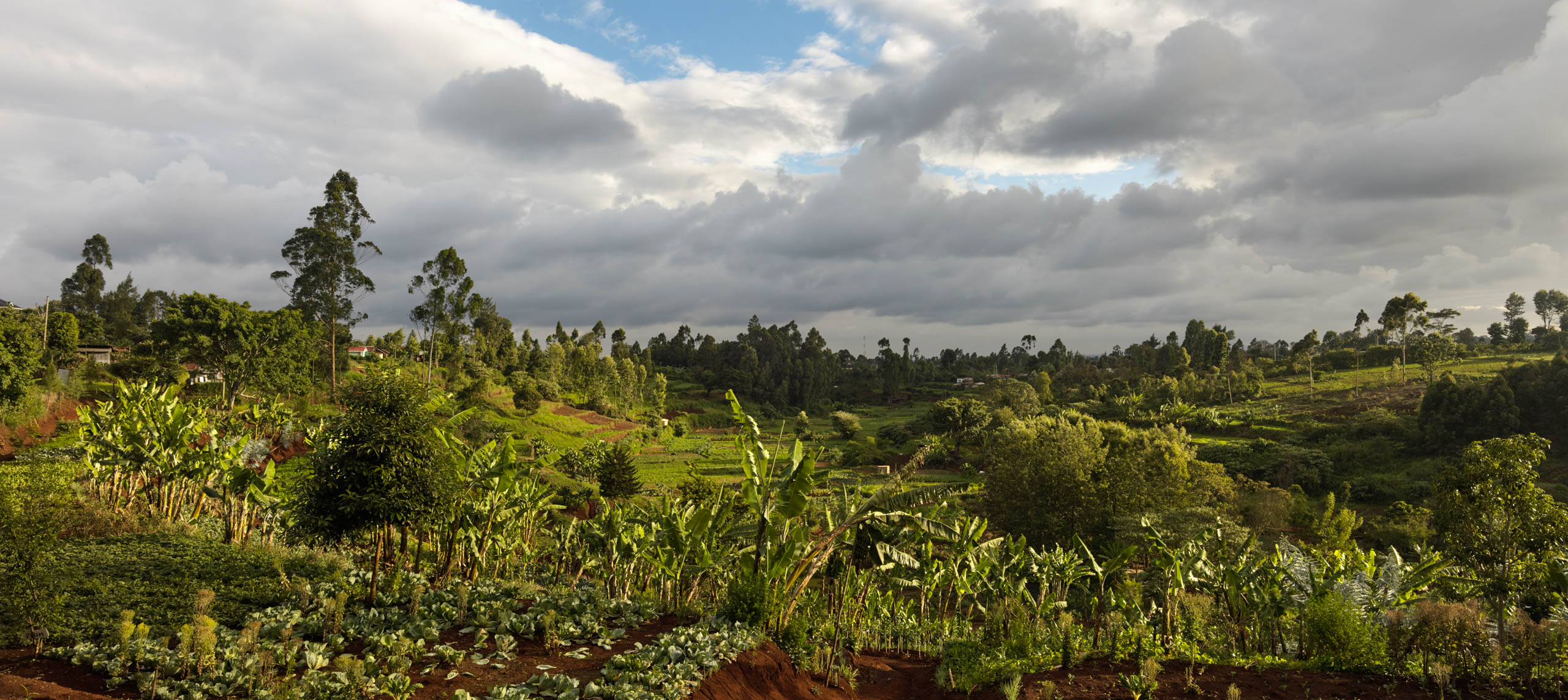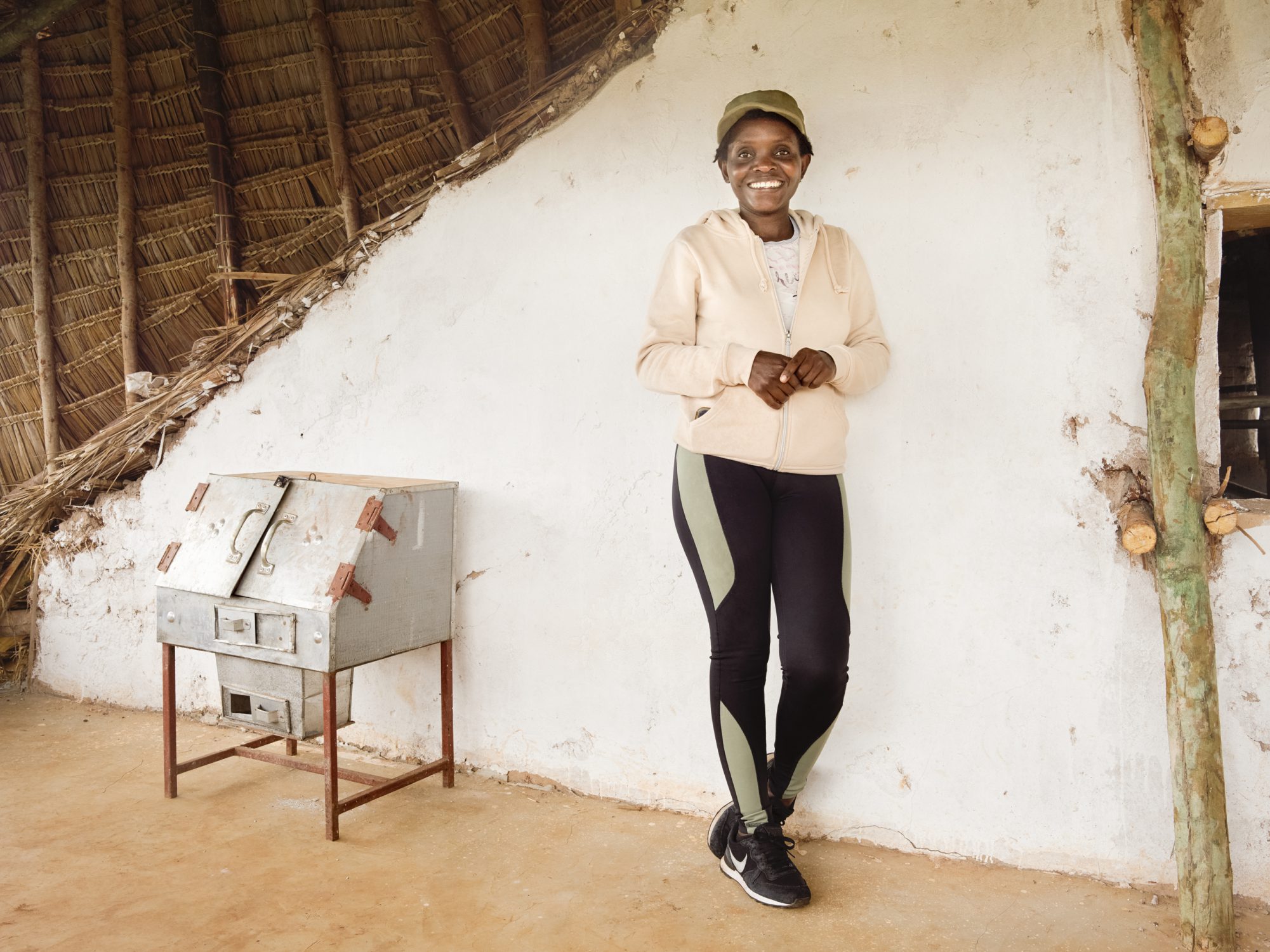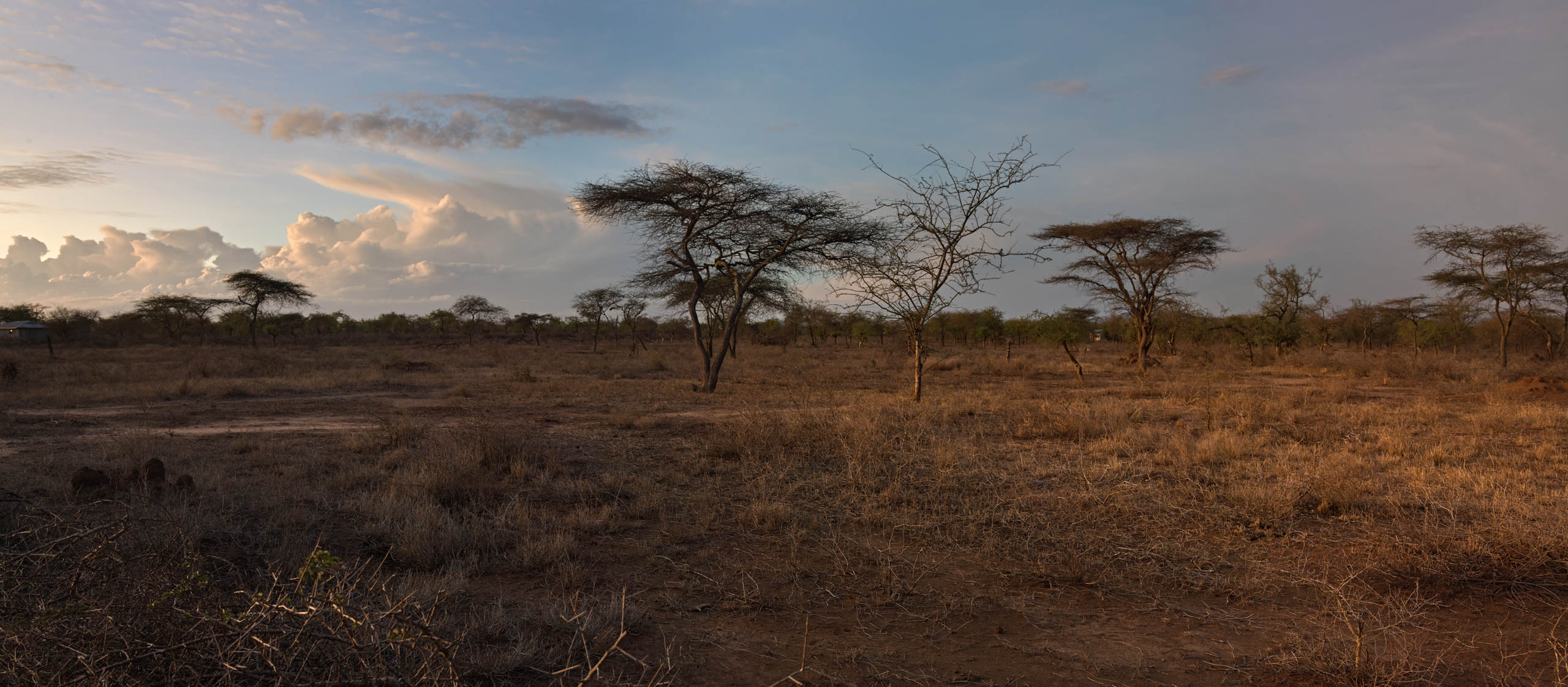
Jamhuri ya Kenya
Kenya, officially the Republic of Kenya, is a state in East Africa bordering on the Indian Ocean to the east, Tanzania to the south, Lake Victoria to the south-west, Uganda to the west and South Sudan to the north-west. Kenya has a surface area of 582,646 km², of which around 13,400 km² is water. The country’s highest mountain is Mount Kenya (5,199 metres). The area around Mount Kenya is extremely fertile, so its lower-lying regions are given over to agriculture.
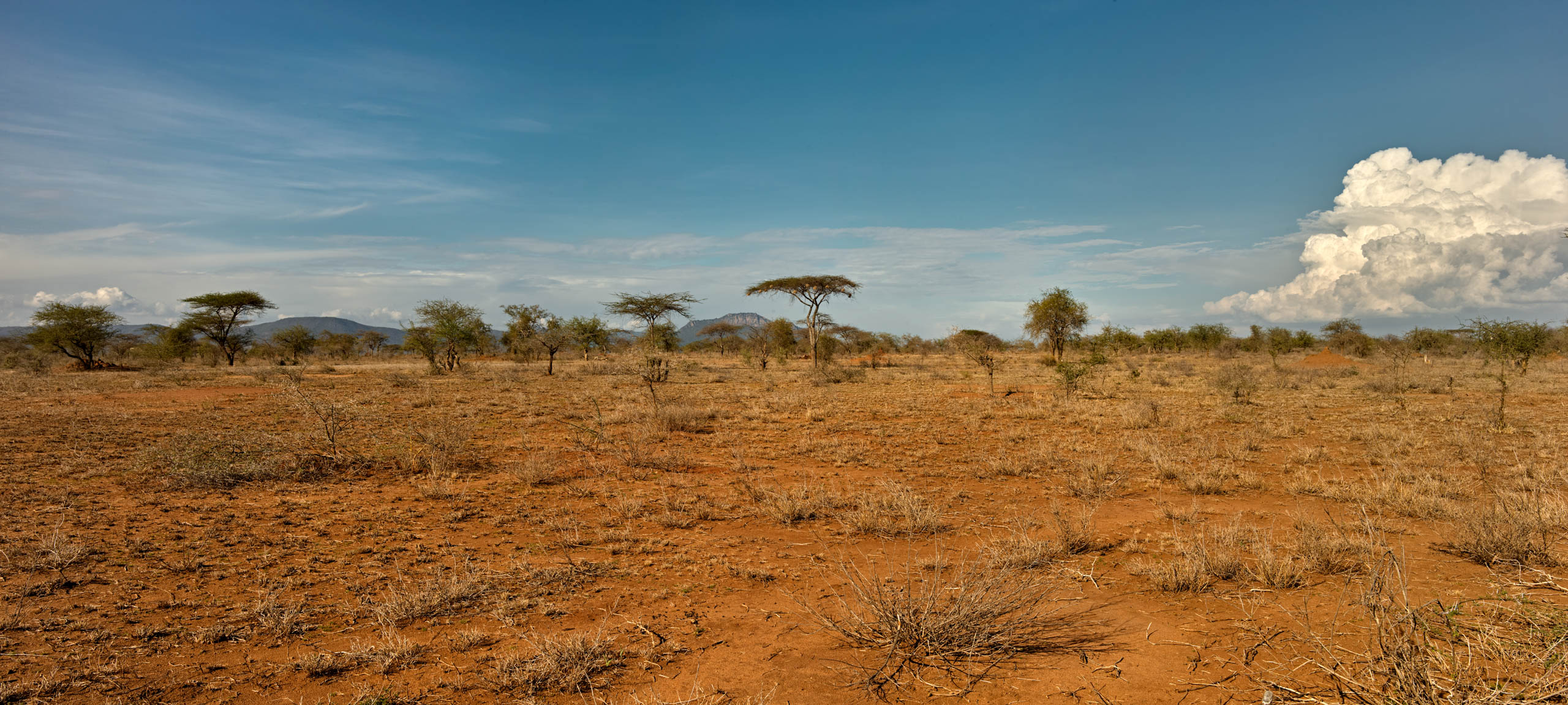
Climate
Kenya has a tropical climate, influenced by the Indian Ocean and by its proximity to the equator, as a result of which it has roughly the same number of hours of darkness as of light, with the days being the same length almost all year.
Kenya has two rainy seasons, from March to May and from late October to the end of December. The rain usually falls in brief downpours or during storms that are clearly predictable by the rapid accumulation of clouds, but it can sometimes rain for extended periods. In October 2011 almost 1,000 mm of rain fell in one week. The Kenyan city of Kericho is known as the place on earth that most often experiences hail, on an average of 132 days a year.
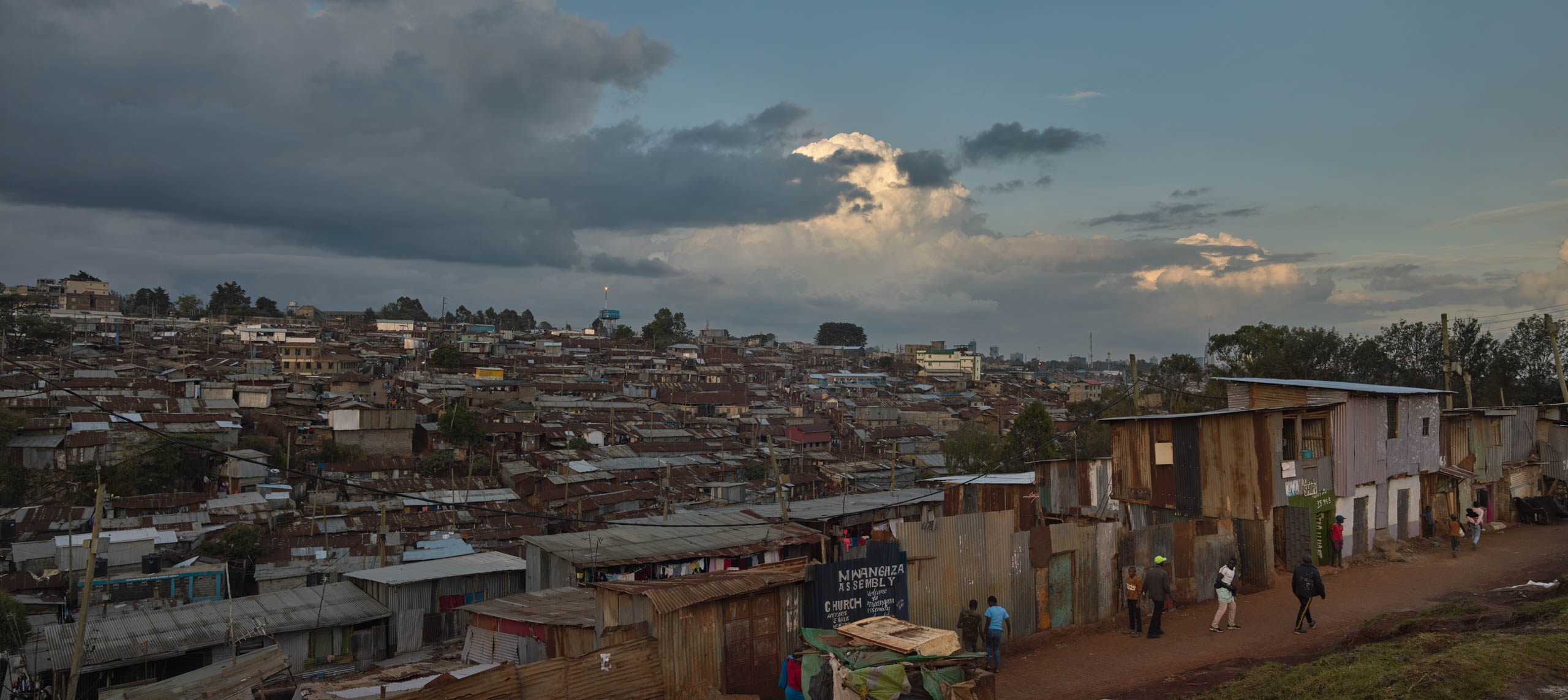
Demography
In 2017 Kenya had a population of around 47 million, eight times its 1950 total of only six million. A Kenyan woman has an average of slightly fewer than four children, whereas in 2003 the figure was five. This makes the overall birth rate in Kenya the lowest in East Africa.
There are large regional differences; women in north-east Kenya have 6.4 children on average, while Nairobi has the lowest figure, at 2.7, and the second lowest is in central Kenya, at 2.8 children per woman.
The Kenyan population is very young, the average Kenyan being just 19 years old. Some 40% of the population is aged between 0 and 14, with just 3% aged 65 or older.
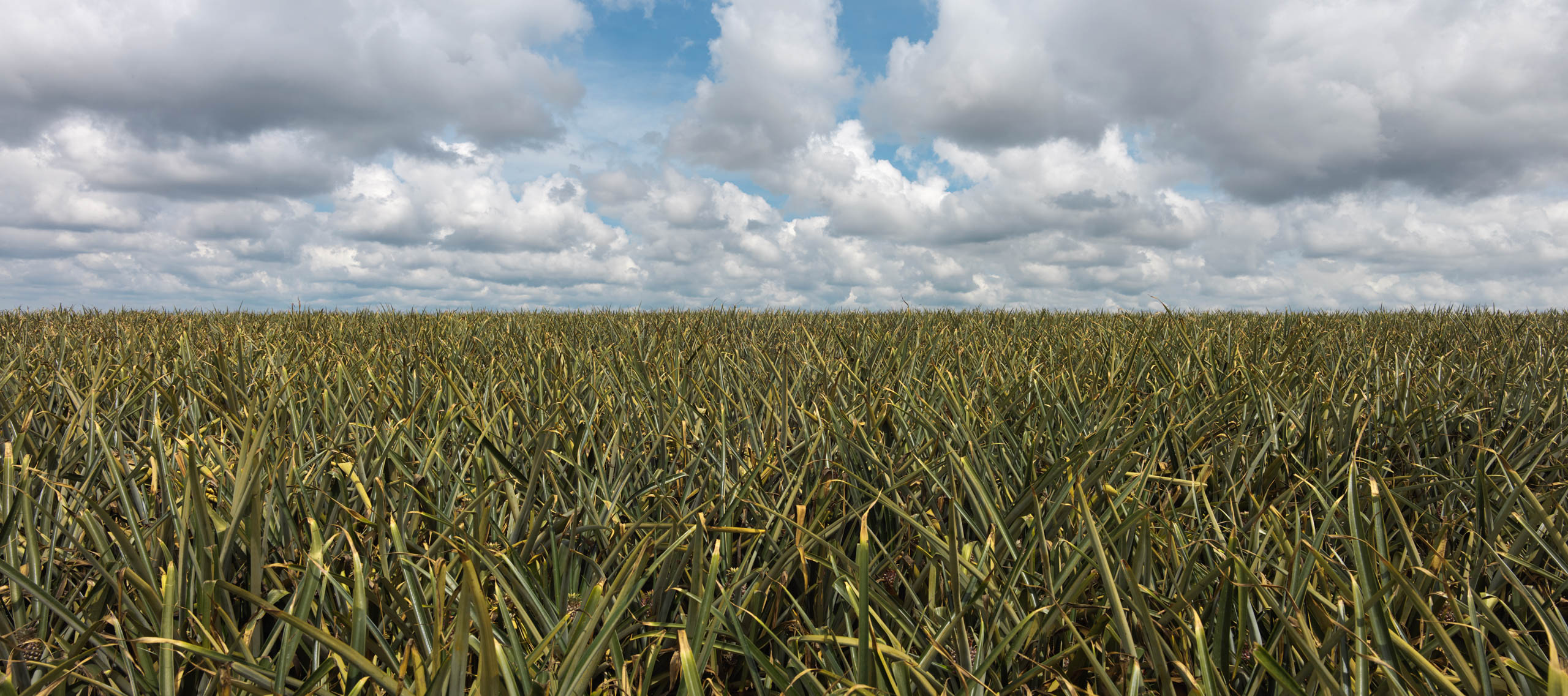
Economy
Kenya’s most important sources of income are the export of coffee and tea, and tourism in its national parks and wildlife reserves. A majority of the working population is engaged in agriculture, yet the sector accounts for only 26% of the country’s gross national product. Kenya’s most important agricultural products are sisal, wheat, sugar, pineapples and cotton. There are also relatively new crops such as flowers, vegetables, coffee and tea, mostly for export. Because of recurring periods of drought, only 13% of the land can be used effectively all year round.
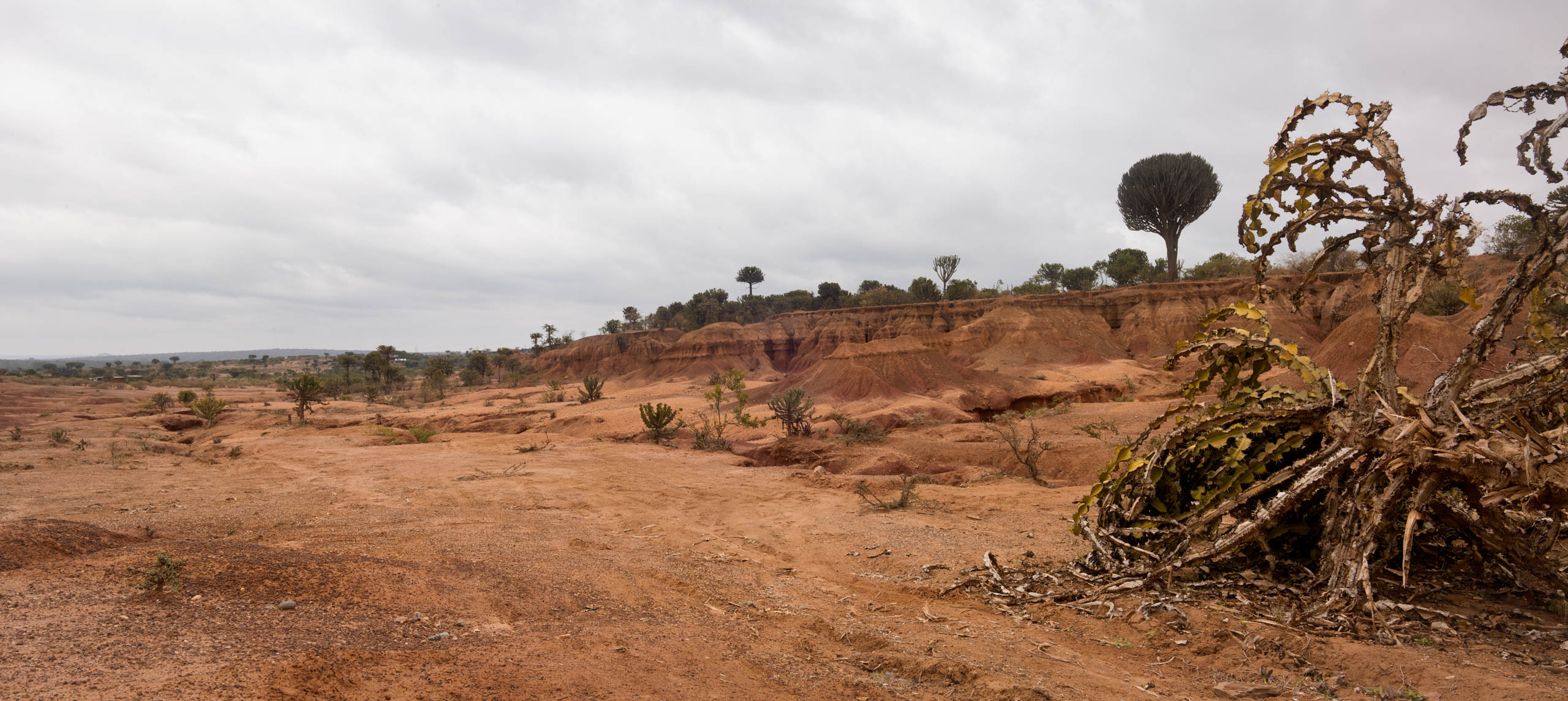
Climate change
Climate change has been occurring in Kenya for years, in the north of the country especially, in what are known as the Arid and Semi Arid Lands (ASALs) that are spread across 29 counties and make up around 89% of its land mass. The rise in temperature has already exceeded the 1.5 degrees identified by the Paris Climate Accords as the maximum acceptable between 2030 and 2052.
According to a recent study by the United Nations, refugee agency the UNHCR and the World Food Programme (WFP), almost two million Kenyans are threatened with famine. The rising prices of fuel and food are making the situation even more precarious, and conflicts have arisen as people struggle to secure food and water for their livestock.
Some 50% of Kenya’s 47 million inhabitants live in poverty, and of those, 25% are in extreme poverty, partly as a consequence of floods and extreme drought. 20% of Kenyan children are acutely undernourished and more than 30% show signs of stunted growth.
We have selected another two stories that might inspire you.
